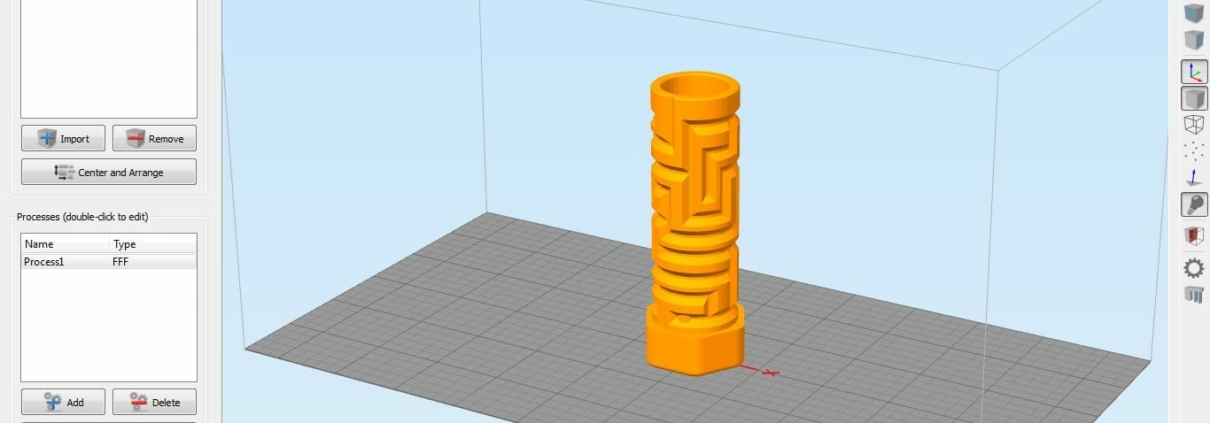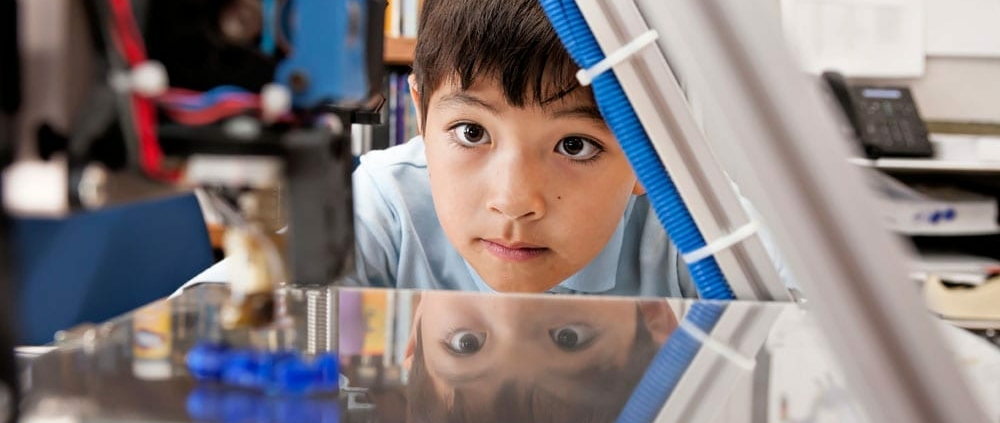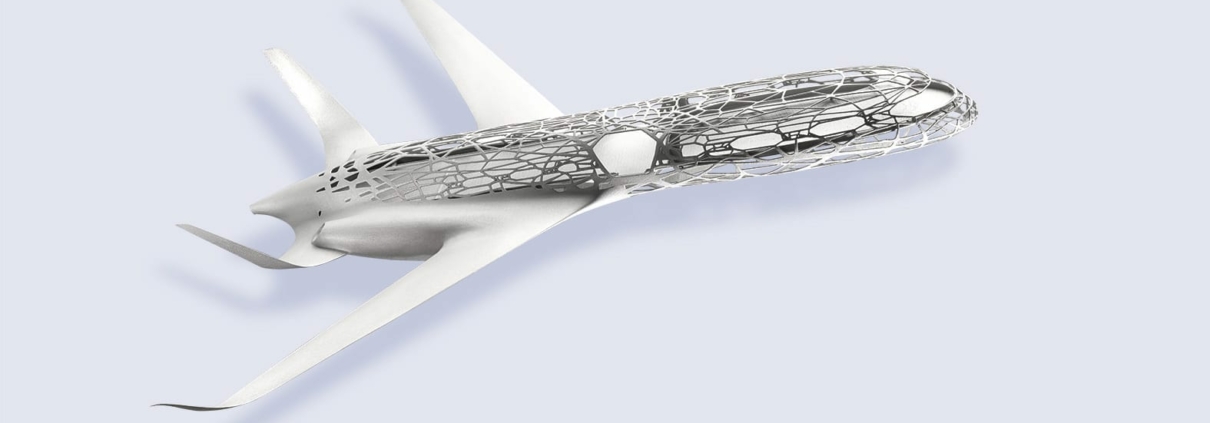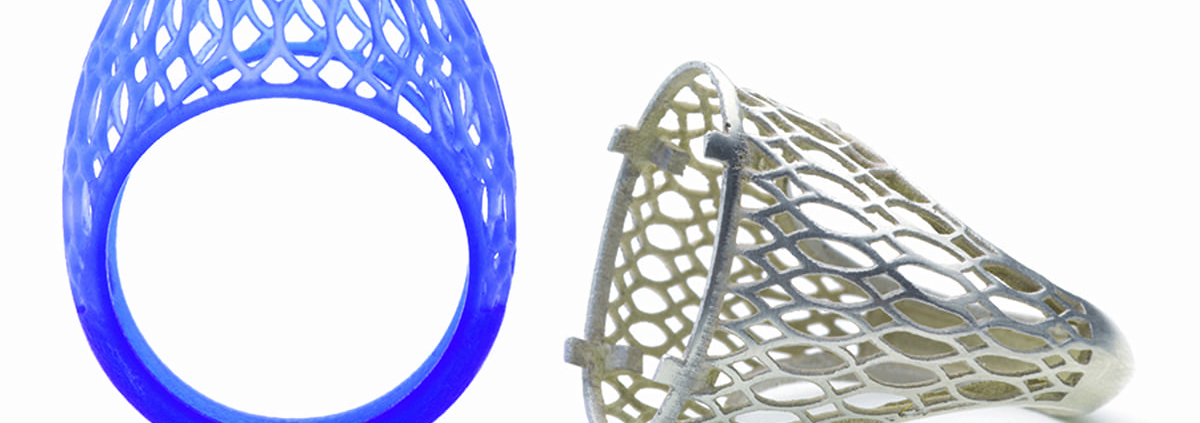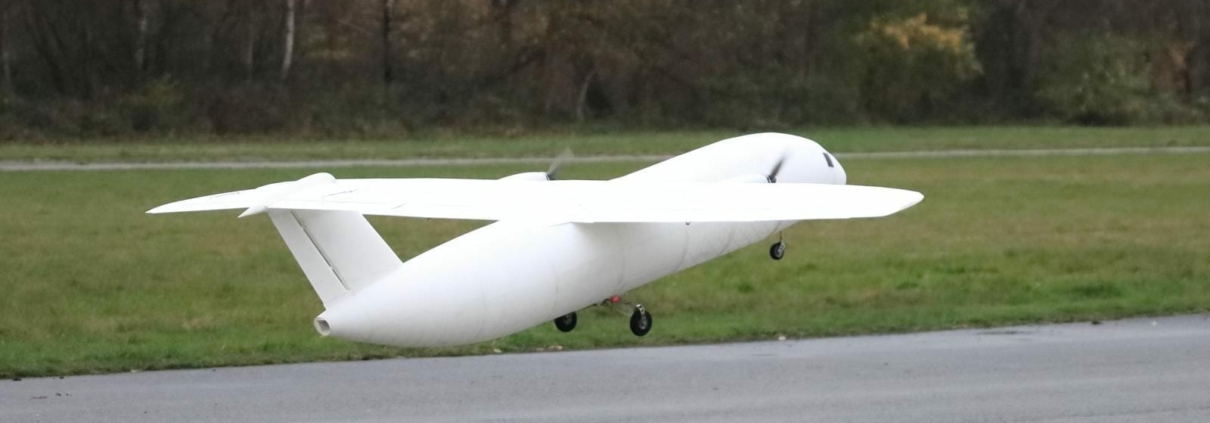Need a reason to buy a 3D printer for home use? Here are 7 of the most most solid reasons for buying a 3D printer for yourself.
Developments in the world of 3D printing continue to alter the world. They keep on bringing innovations with their seemingly limitless potentials. Businesses with large budgets used to be the only ones able to benefit from 3D printing, though, in nowadays the technology has brought affordable, easy-to-use, consumer-grade models to market.
A 3D printer can save you money
Your 3D printer can pay for itself by printing things that you normally used to buy. You can create almost everything from smartphone cases to paper towel holders, reducing household expenses while adding a personal touch to your home. You can print practically any every-day object including shower curtain rings and even safety razors.
You can extend the life of your furniture and appliances by creating extra parts using your 3D printer. This method will eliminate the hassle of trying to find the required parts and waiting for them to arrive and only if the manufacturer has them available. Make problems such as a broken knob for your stove go away by creating custom replacements.
Creating 3D objects on demand requires no additional machining or special tools, so you can create as many items as you desire with minimal effort. Making things instead of buying them can also save shipping and/ or transportation costs including fuel by reducing your number of shopping back and forths.
However, to be able to produce replacement parts and customized items you will have to use 3D modeling software. If you are new to 3D design you will have to learn how to use the software to design the items you would like to print. Numerous STL files of 3D models can be found online, but to print replacement parts for everyday objects, you will have to design them by yourself.
It could be a source of income
Instead of getting two jobs to make some extra money, you can buy a 3D printer and make it work for you. If you love the ways your printer can save money, you’ll love how it can supply you with a steady stream of income.
You can earn money by processing 3D print jobs for people who place online orders. Spend some time developing your printing skills and then enroll in an online printing service such as 3Dhubs to gain instant access to profitable print jobs. Your 3D printer also gives you a chance to create and sell designs or products or start teaching 3D printing classes.
You should keep in mind that, even though the prices of 3D printers have come down significantly, producing high-quality items will require you to buy a more expensive 3D printer. More affordable printers are not consistent in quality and often result in low-quality items.
In advance, you should also consider the time and the effort that it would take to design the items, print them and, if necessary, post-process them. Then see whether you could actually profit from selling customized 3D items.
New form of educating your kids
Using 3D printers can add a new dimension to learning that will engage your kids by making education fun and interesting. There are numerous items that can be printed in order to make learning appealing to your children and help them with hands-on learning.
You can print educational models that illustrate concepts such as atoms or planets. You can also print puzzles and other tools that build problem-solving skills in kids. During homeschooling or homework sessions creating 3D objects can empower children to easily grasp abstract concepts.
Using your 3D printer for education will stimulate curiosity and inspire additional learning. It can help enhance your kid’s creativity and knowledge. Older kids can even design their own items and you can help them come up with innovative ideas.
When working with 3D printers, especially with children around, you should make sure that both you and your kids understand and follow safety guidelines. You should always keep in mind that 3D printers work at extremely high temperatures and your children might be tempted to touch the interior parts of the printer or the printed items before they cool down. That is why it is extremely important not to leave the 3D printer unattended and supervise your children while working with the 3D printer. Make sure they know that the plastic filament that drips out of the nozzle can cause serious burns.
3D printers are fun!
If you don’t have any financial interest in 3D printing, it can become your hobby. With a 3D printer, you can create various fun objects or small works of art. Design your own unique items and display them in your home or give them to friends and family.
Take some time to shed your serious attitude toward 3D technology and just enjoy yourself. If you are totally a beginner take some time to learn the basics and then experiment with your printer to see all that you can do with it. Spend some of your free time tinkering with your 3D concepts and you’ll find numerous utilities for this technology.
While you are testing and having fun with your 3D printer, don’t forget that it is not a toy but a serious tool. 3D printing is not as easy as it sounds, actually, it can be very confusing. You will need to be educated on how the technology works so that you can handle any issues that might occur. For example, the nozzle can get clogged and you will need to know how to unclog it so as to put the printer back to work.
Create Accessories and Personalized Gifts
Why buy a mass produced flower vase from the shelf for mother’s day when you can design and 3D print a unique piece? Buying a 3D printer will empower you to create items with an unprecedented degree of personalization. You can download and modify existing designs. Or if you have the know-how, you can design 3D objects from scratch!
3D Printing is Quicker than Ordering
You quickly need to replace the door handle, but the manufacturer takes two weeks to deliver? One of the greatest benefits of having a 3D printer at home is the speed with which you can put the desired item to use. To be sure, standing front of your 3D printer and watching your object grow layer by layer may feel like a long time. But, if you compare the 2-4 hours a standard 3D object takes to print off with the time it takes to ship it across the country, this is next to nothing.
Though, 3D printing is not the answer for every situation. The speed of 3D printing depends on a number of variables: Apart from the object volume, you may want to achieve a high print resolution.
3D Printing Is the Technology of the Future
Learning how to design and print in 3D is a great way to prepare yourself and your family for the future. As the 3D printing technology evolves, βusiness and personal uses of 3D technology will transform every part of your world.
Buying a 3D printer and learning how to make the best of it will lead you to be a part of this technological revolution. However, there is still a lot that needs to be done in order for this technology to become prominent in people’s homes.
What’s the conclusion?
3D printing requires a certain level of knowledge, but you shouldn’t get stressed with the amount of time you need to become good at it. After going through the initial learning curve, you can build on your experience to develop more knowledge, skills, and creativity.
You’ll find yourself coming up with innovative ideas that can either revolutionize parts of your life or develop a business around the products you invent. Using your 3D printer at home will convince you of its limitless potentials. You can use it to enhance learning, create pastimes and prepare yourself to work and live in the world of tomorrow.
However, keep in mind that high-quality 3D printers can be expensive, 3D printing can be complex, it requires time and effort and the technology requires lots of development. Think about all the advantages and disadvantages before you decide on buying one for your home.


